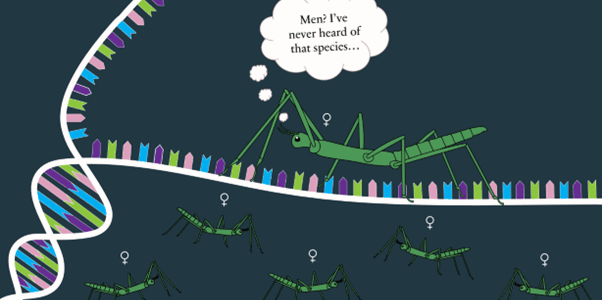by Soleille Miller
This remains one of the oldest unanswered questions in biology, pondered by the earliest philosophers in recorded history. Aristotle explored this very question in his seminal book “On the Generation of Animals”. While his theory (i.e. the male parent contributes the form and the female parent contributes the matter) leaves much to be desired, it marked the beginning of a long journey of discovery into the evolution of two sexes.
As a female, reproducing sexually comes with a whole list of costs. First, you have to find a mate — which takes time, uses resources, and increases your chances of becoming someone’s lunch. Then there are the physical costs of mating itself, which can hurt and potentially kill you (e.g. elephant seal mating, which sometimes results in the death of the female). And let’s not forget the genetic gamble: you’re diluting your genome with someone else’s, potentially disrupting a combination of alleles that made you successful in your environment. Asexual reproduction sidesteps all these costs. No need for a mate, no wasted energy, and every offspring is a full-genome copy. Plus, you’re not producing males that can’t reproduce themselves, which alone doubles your reproductive output. So, if sex is such a costly and risky strategy, why is it nearly universal across the animal kingdom?
This is the question I sought to address during my PhD. To add my own piece to this big evolutionary puzzle, I focused on a particularly fascinating native Australian stick insect called the Peppermint Stick Insect, Megacrania batesii. What makes this species so special is that it can successfully reproduce both sexually and asexually — a rare ability in the animal world. Out in the wilds of the Daintree Rainforest, this creates a patchwork of populations: some with both males and females reproducing the usual way, and others that have shifted to a more Amazonian-style existence (i.e. entirely female, reproducing without sex). For my PhD, I compared the ecology and genetics of these populations to figure out what actually happens — genetically and physically — when a species makes the switch to asexuality. By understanding what’s gained or lost in that transition, we can get closer to figuring out why sex is still so common in animals, despite all its costs.
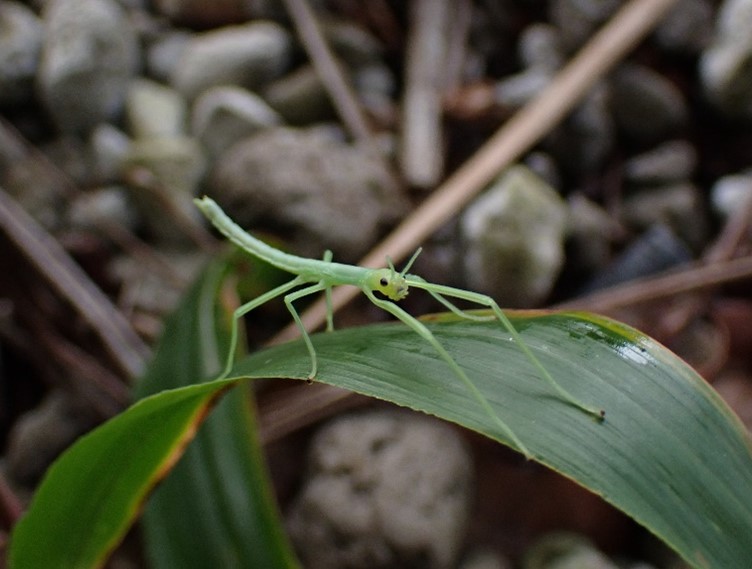
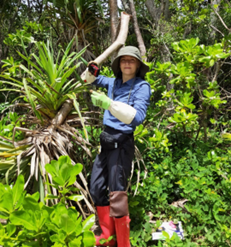
What I found was that switching to asexual reproduction usually leads to a sharp and immediate drop in genetic diversity. Surprisingly though, this didn’t seem to affect the insects physically or reduce their reproductive output. In fact, most asexual populations in the wild appeared just as large, healthy, and happy as their sexual counterparts. However, this advantage may not last forever. In environments with stronger selective pressures — such as higher parasite loads or environmental stress — signs of physical damage from ectoparasites were more common in asexual populations compared to their sexual neighbours. It seems that the genetic diversity provided by sex might offer an edge in these tougher conditions, acting as extra ammunition in the evolutionary arms race against parasites. But in more stable, low-stress habitats — like peaceful beachside areas — the asexuals seemed to be doing just fine.
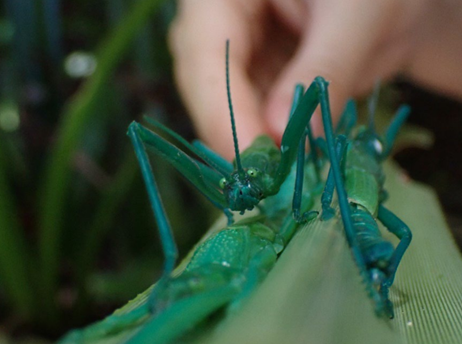
By exploring the evolutionary tug-of-war between sexual and asexual lineages of stick insects in the wild, we start to see a broader picture of why sexual reproduction persists, even in species like ours. It’s likely that sex gave our ancestors the flexibility to adapt to unpredictable and changing environments by generating more genetic variation for natural selection to work with. Without it, there would have been no Aristotle — or at least far fewer philosophers sitting around pondering why we have two sexes in the first place.
Author
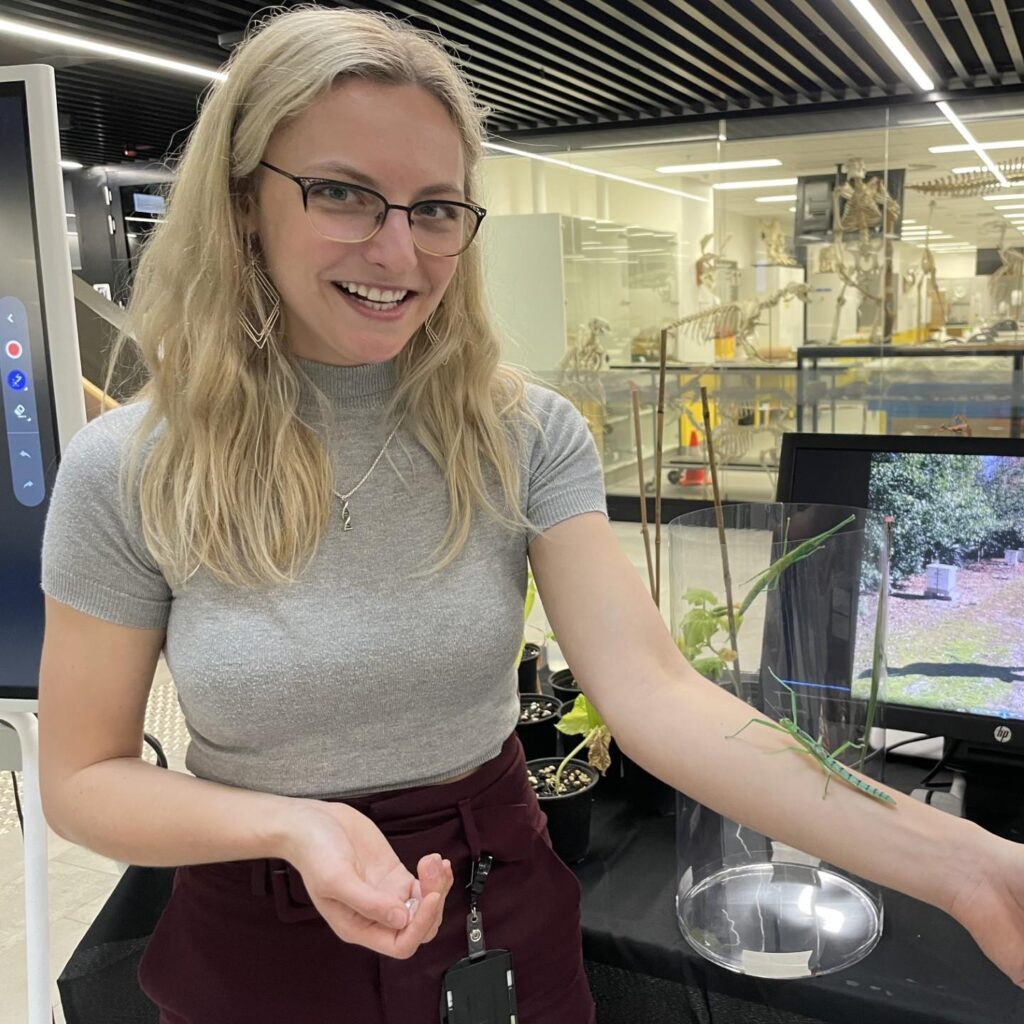
Dr. Soleille Miller (Post-doc) utilizes genomic resources to aid the conservation of Australia’s most endangered bird species. Her work centers on understanding genomic diversity, with a focus on disease resistance in both wild and captive populations. Soleille has expertise in using population and evolutionary genomics to support the effective management of these threatened species.
